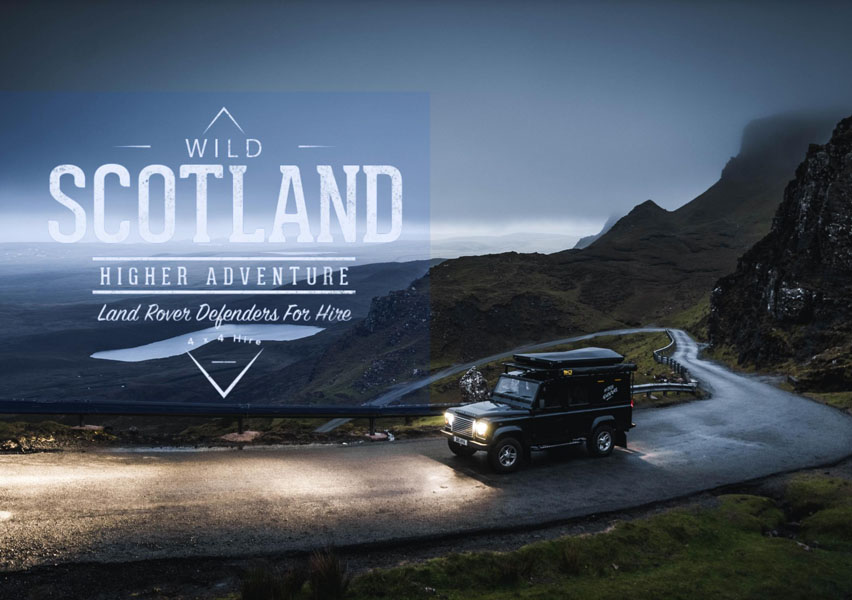 Scotland has been our number one destination in 2019 and I don’t see that changing anytime soon – says Chris Barrington of Higher Adventure, who hire adventure-ready Land Rover Defenders equipped with hardshell roof tents. It’s not hard to see why as Scotland’s rugged beauty is postcard-famous: lochs, glens, rocky cliffs, white sand beaches and mist-shrouded peaks are punctuated by medieval castles, stone churches, whisky distilleries and meandering rivers.
Scotland has been our number one destination in 2019 and I don’t see that changing anytime soon – says Chris Barrington of Higher Adventure, who hire adventure-ready Land Rover Defenders equipped with hardshell roof tents. It’s not hard to see why as Scotland’s rugged beauty is postcard-famous: lochs, glens, rocky cliffs, white sand beaches and mist-shrouded peaks are punctuated by medieval castles, stone churches, whisky distilleries and meandering rivers.
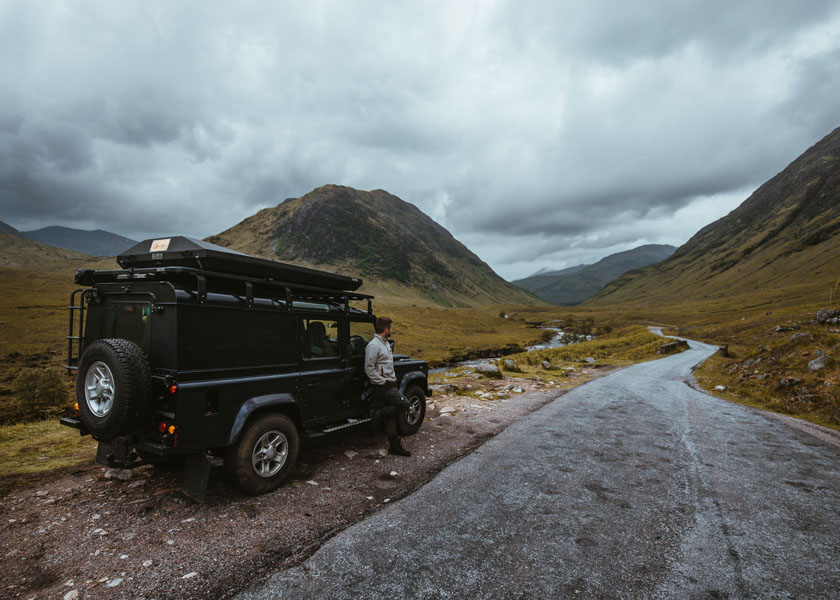
Occupying the northern third of Great Britain, Scotland packs some of the most stunning scenery in all of the UK into its borders. From the rolling hills of the Borders, to the vast open landscapes of Caithness (the ‘flow country’) to the coastal landscapes and Highland scenery of Argyll & The Isles, Scotlands fifteen regions – each with a distinct character - offer dramatic contrasts of landscape, wildlife and culture.
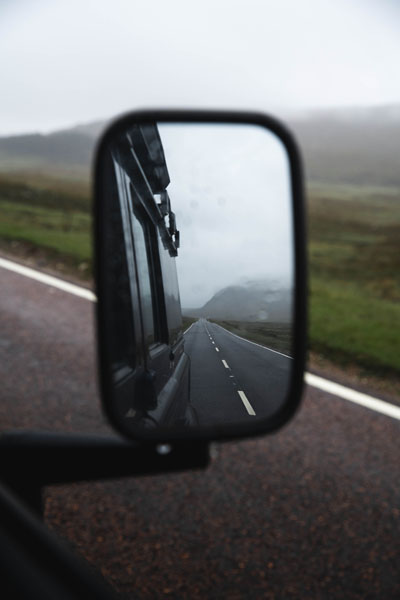
And with 12 National Tourist Routes, the epic North Coast 500, plus dozens of other scenic alternatives, a self-drive tour will take you to the country’s most awe-inspiring landscapes. There’s good reason Scotland’s been an icon of overland travel for generations.
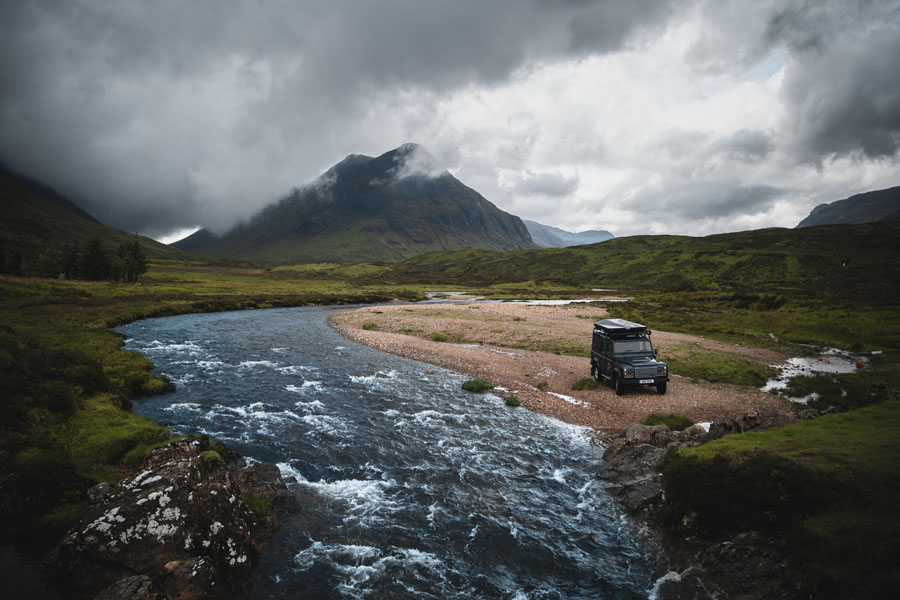
Another icon of overland travel that’s been around for generations is the Land Rover Defender, so perhaps it’s no surprise that these two icons have always had a close relationship. In fact, the remote island of Islay off the West Coast of Scotland played a part in the creation this most British of motoring legends: Spencer Wilks, then the Managing Director of the Rover Car Company, owned the Laggan Estate on the island. In 1947, whilst driving his heavily modified Rover 12 across the tough terrain, his gamekeeper Ian Fraser quipped how it must be a ‘Land Rover’.
From then on the name stuck and Islay became the unofficial proving ground for production Land Rovers.
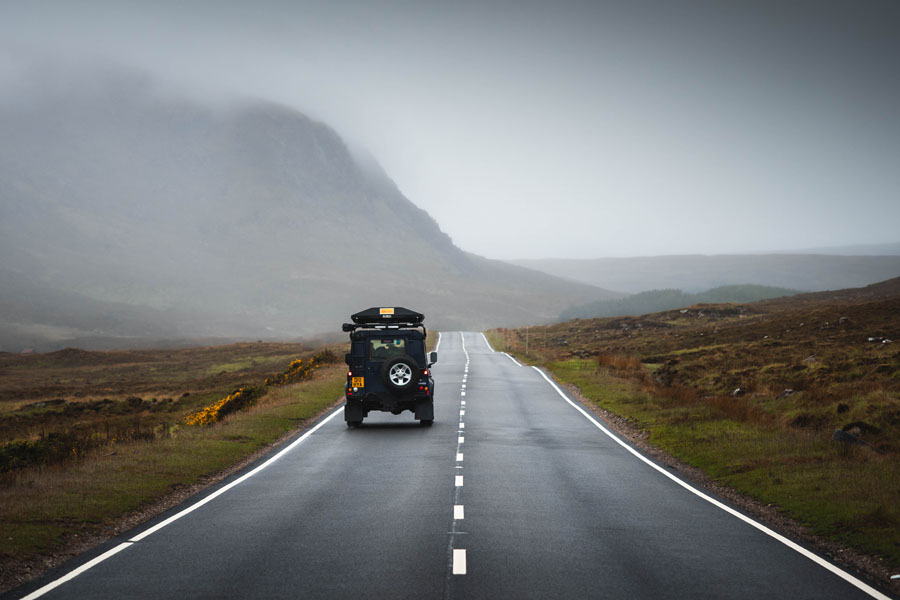
So the clue has always been there in the name. The Land Rover Defender was designed to rove the land, regardless of conditions, and Scotland is the ideal playground for this design trailblazer. Which is both why Higher Adventure chose the Defender, and why over half of their customers choose Scotland as their destination.
Of course, driving in Scotland is rarely just about getting to your destination, and more about the experience of the journey.
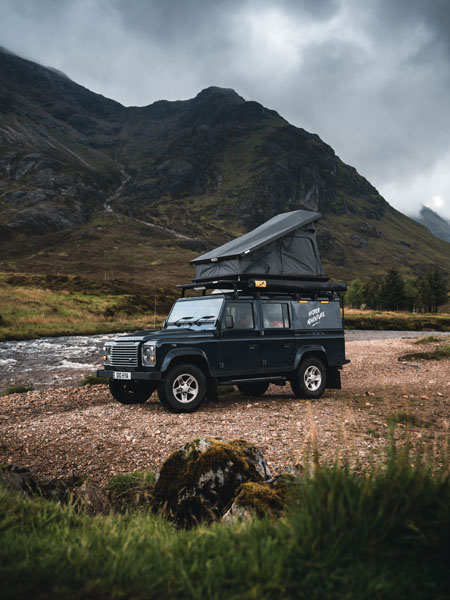
The ability to hang a right at a dirt track, gravel road or unnamed peak defines adventure, and few vehicles deliver the spirit of freedom and adventure like a Land Rover Defender.
Since many of the roads in Scotland are narrow and can be tricky to navigate it’s important to approach them with caution and at a sensible speed – something that a Defender makes it easy to do! And with a raised driving position and increased ground clearance, the driver gets a clear view of the road ahead.
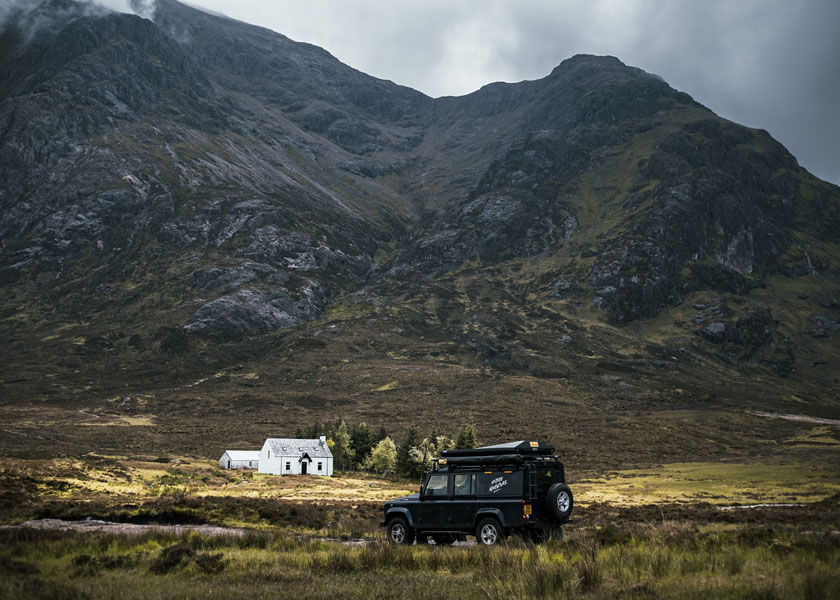
As importantly, it offers passengers great visibility so everybody can enjoy the stunning scenery.
Of course, when you do get to your destination, you won’t be disappointed. Chris’ vehicles are comprehensively equipped, including top of the range hard cover roof tents from South African company Eezi Awn, Big Country drawer units, National Luna fridges, and Partner Steel stoves from the USA. In fact they’re equipped with pretty much everything – just bring your bedding and food – that you’ll need for your very own land rover adventure.
Remember Scotland’s access legislation is different to the rest of the UK.
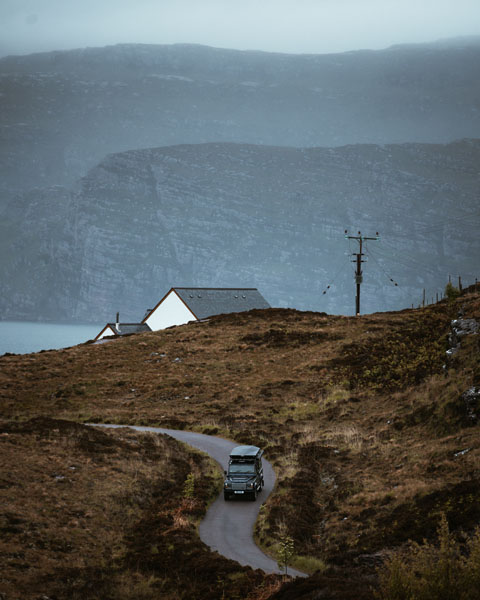
Thanks to Scotland’s progressive access rights to most land and inland water, you are welcome to enjoy a whole host of activities – from wildlife watching to walking, camping, mountain biking, horse riding, paragliding, kayaking and swimming – as long as you follow some basic advice.
You can exercise access rights for recreational purposes (such as pastimes, family and social activities, and more active pursuits like horse riding, cycling, wild camping and taking part in events), educational purposes (concerned with furthering a person’s understanding of the natural and cultural heritage), some commercial purposes (where the activities are the same as those done by the general public) and for crossing over land or water.
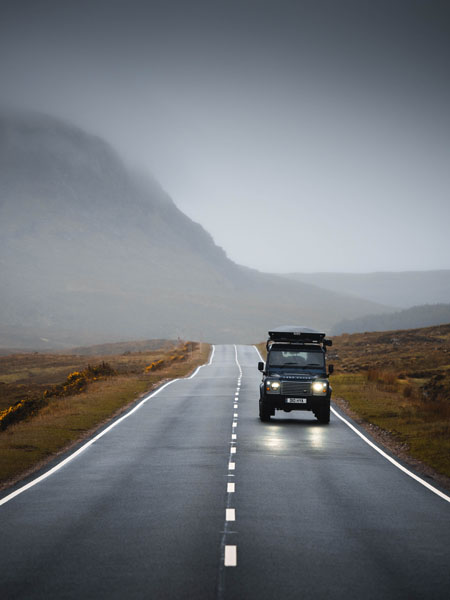
And finally, it’s worth knowing that research from Glasgow and Stirling Universities shows that a passion for outdoor activities makes you more attractive.
‘For both men and women, outdoor activities were significantly positively associated with desirability,’ researchers from Glasgow and Stirling universities reported. Time to give Higher Adventure a call perhaps?!
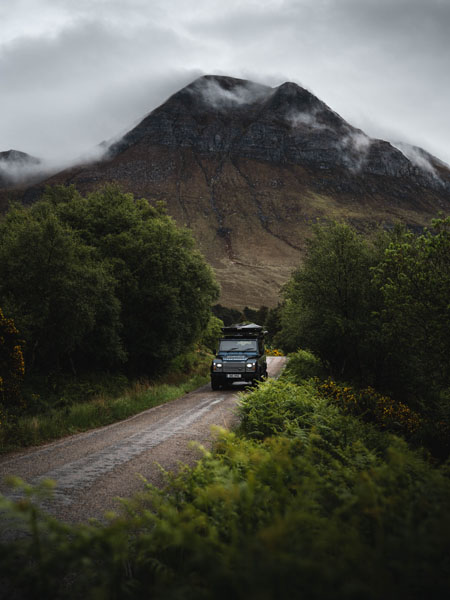
Many people are confused by what’s meant by ‘wild camping’. In fact, wild camping under the Land Reform (Scotland) Act 2003 is only allowed when camping on foot, bike or some other non-motorised form of transport. Scotland’s access legislation does not apply to motorised vehicles such as camper vans and motorhomes.
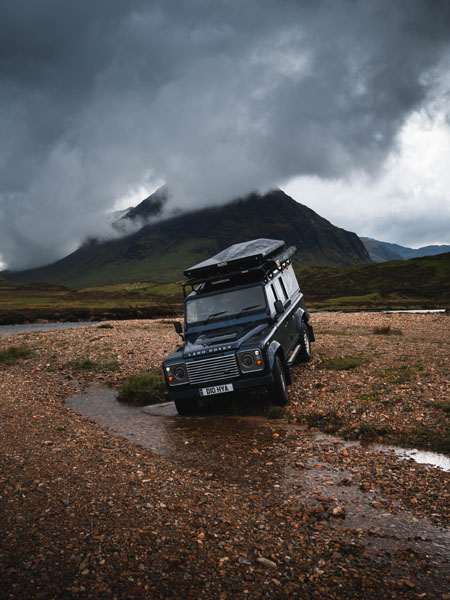
Access Rights
Scotland is rightly proud of its access rights; however, when you’re looking for places to ‘camp wild’ in a campervan or motorhome, it is important to bear in mind the following key points:
▪▪ Scottish access rights and the Scottish Outdoor Access Code don’t apply to motor vehicles.
▪▪ The Road Traffic Act 1988 states that you can drive a vehicle up to 15 yards off a public road for the purposes of parking, but this does not confer any right
to park the vehicle. Most un-metalled roads, unfenced land and beaches are private property, and you don’t have the right to park unless it’s authorised by the landowner by verbal agreement or signage.
▪▪ In practice, informal off-road parking takes place in many parts of rural Scotland, often in well-established places, without causing undue concern.
▪▪ Some communities (eg Calgary Bay on Mull, and the whole island of Tiree) have established their own guidance for campervans and the use of designated overnight parking spaces… if you’re in such a place, follow the guidance!
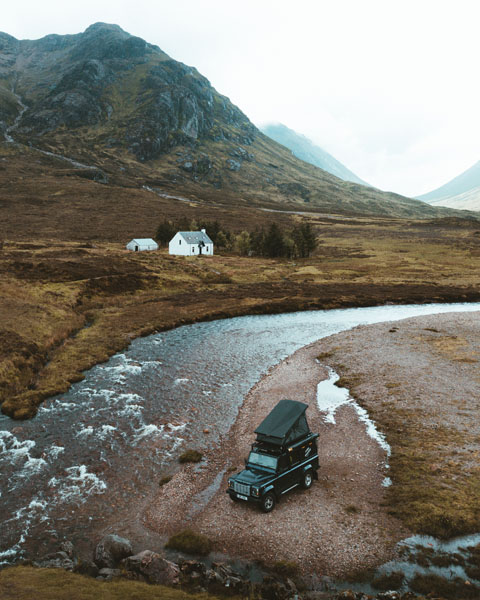


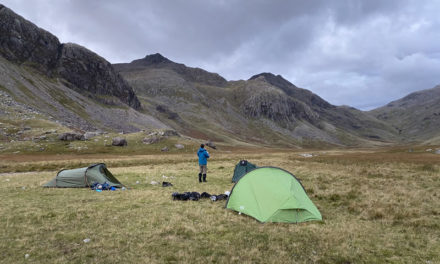
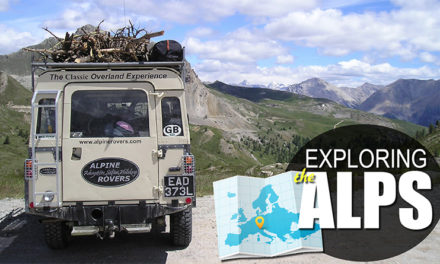
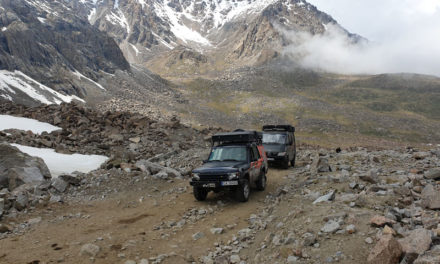
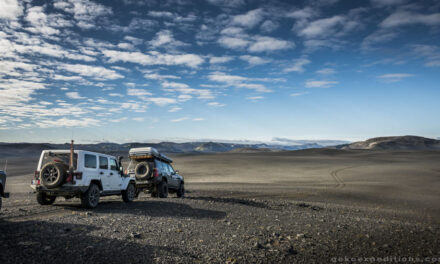
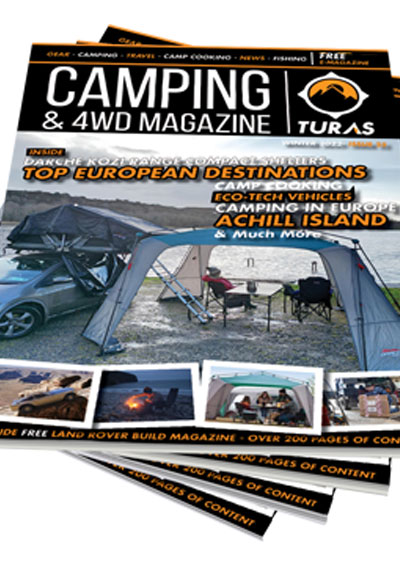

Recent Comments